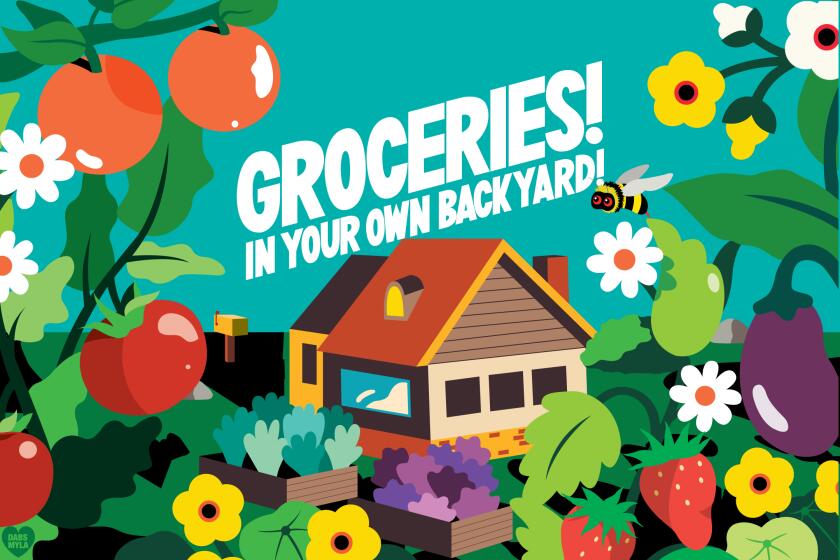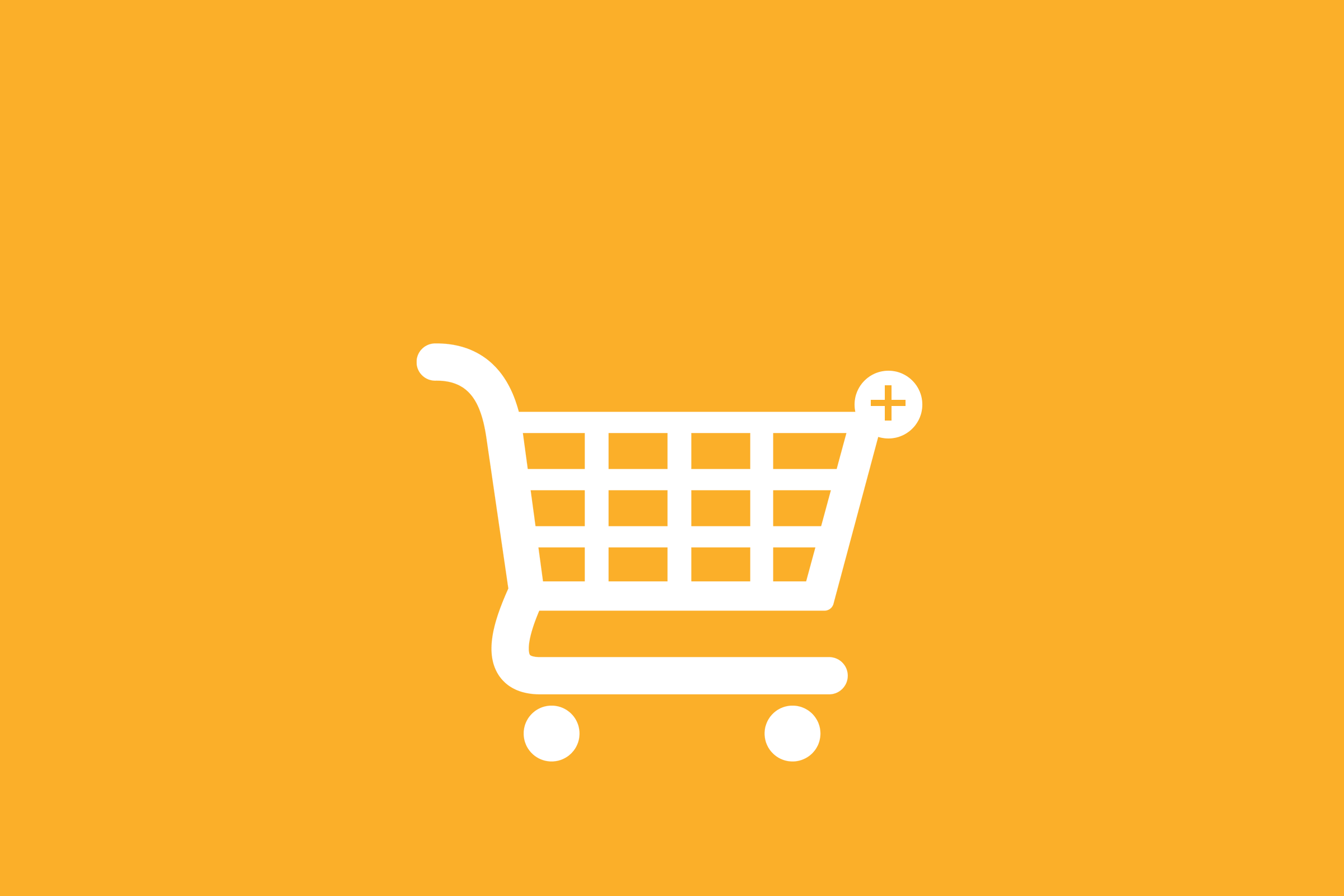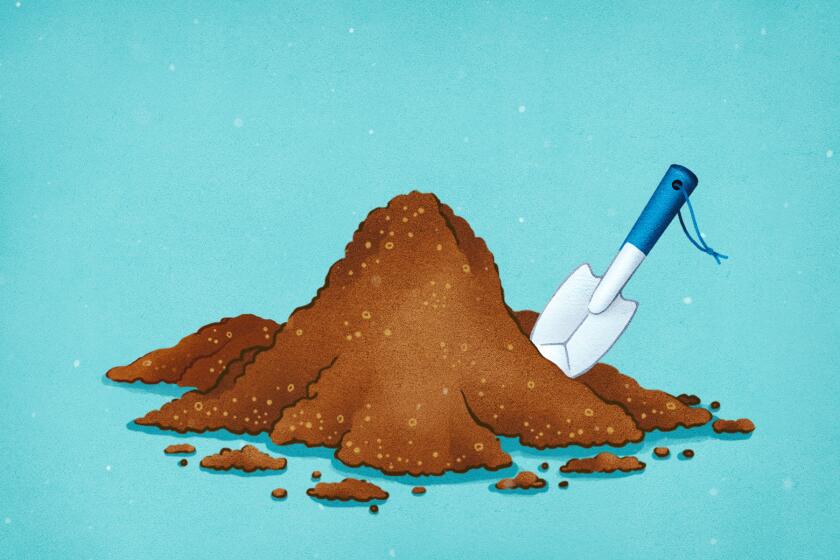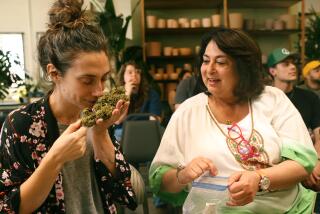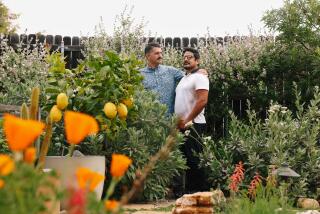When the world feels scary, I want to garden. Here’s what to plant right now
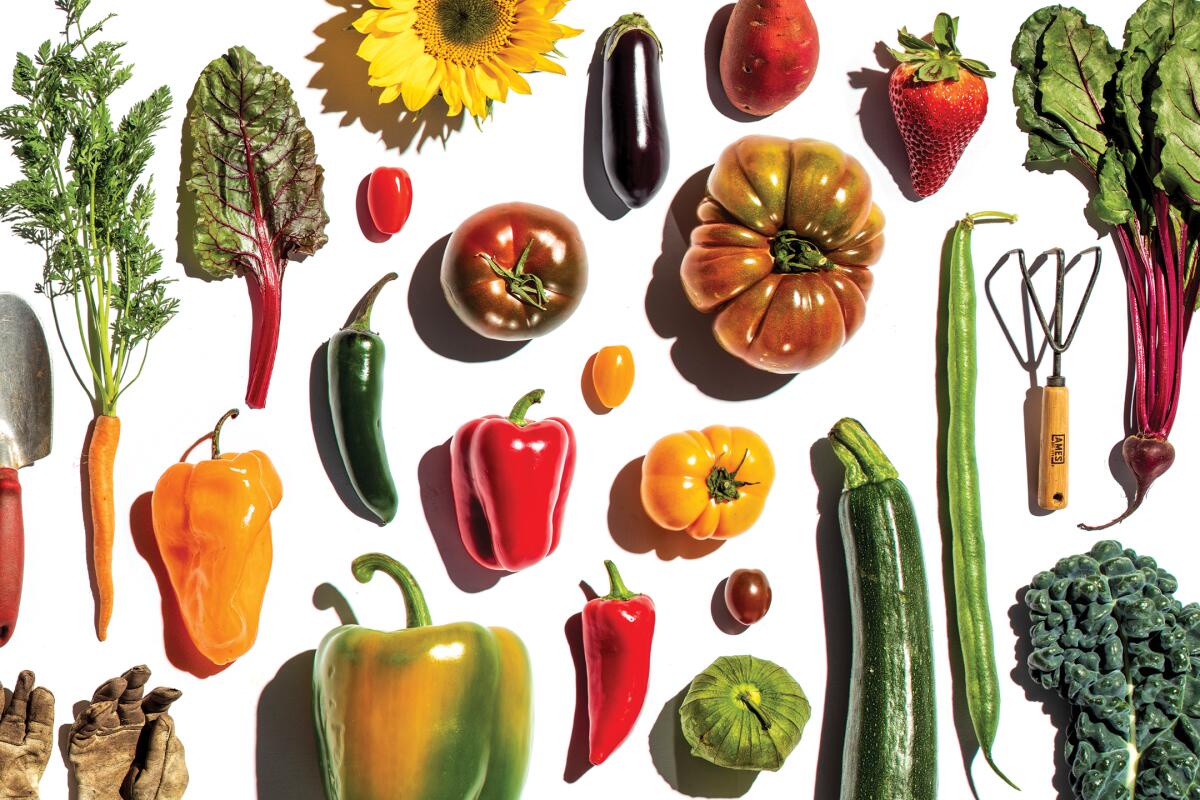
These are hunker-down times—bitter politics, scary viruses, gun violence—but there’s one proven way I help save my sanity: Find a sunny spot and plant a garden.
I’m not the only one.
“It’s something proactive all of us can do, whether on our windowsill, patio or yard,” agreed urban farmer Lauri Kranz, creator of Edible Gardens LA and co-author of “A Garden Can Be Anywhere.” “When you feel like everything is out of control, what nurtures better than planting a seed, with the promise of bounty and health that comes with it?”
The evidence is more than anecdotal.
Multiple studies indicate that getting our hands in the soil and helping plants grow improves longevity and health, as well our mental well-being. Researchers in the Netherlands gave a test group a 30-minute stressful activity and then randomly assigned them to garden outside or read a book indoors. The study found that both activities reduced the cortisol levels that trigger stress, but the people who gardened saw much lower cortisol levels and their positive mood restored, as opposed to the readers, whose moods got worse.
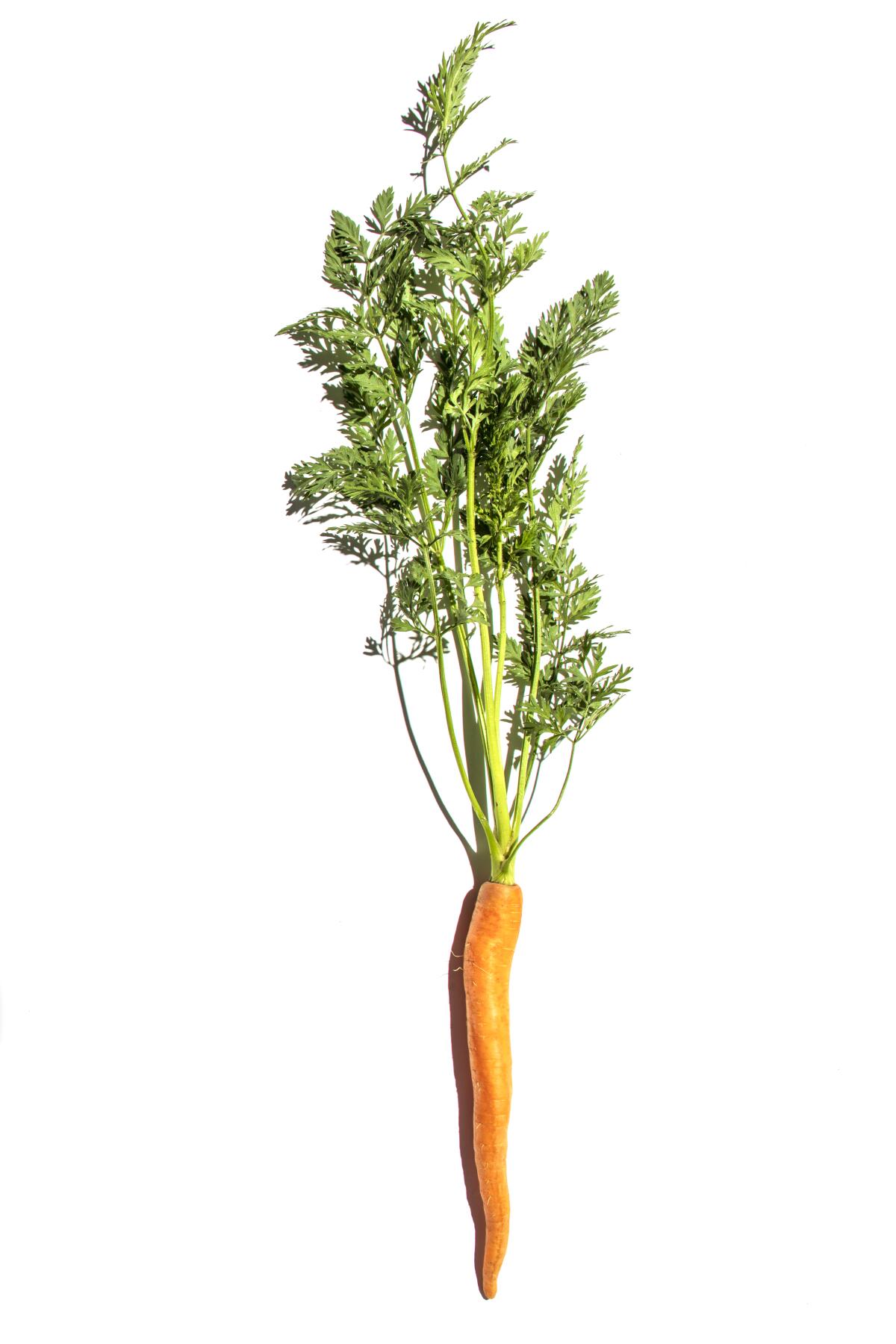
Gardening also provides a vital sense of purpose, researchers have found. In Okinawa, Japan, a community with the world’s highest ratio of centenarians, people tend gardens well into their old age, Dr. Bradley Willcox , co-author of “The Okinawa Program,” told the BBC. “In Okinawa, they say that anybody who grows old healthfully needs an ‘ikigai,’ or reason for living,” he said. “Gardening gives you that something to get up for every day.”
Even high school students at John C. Fremont High School in South Los Angeles routinely report feeling happier and less stressed after spending a few hours working in the community garden adjacent to the school, in the Gardening Apprenticeship Program run by the Los Angeles Neighborhood Land Trust, said program manager Megan Laird. “Everyone can learn something in the garden,” she said.
It’s time to stop wringing your hands over COVID-19: Plant some food and create your own victory garden. Here are eight steps to get started.
So if you need a reminder of all that’s right with the world, grab a trowel because early spring is a great time for edible gardening in Southern California; a chance to get a head start on tomatoes and other summer crops, while taking advantage of the last lingering weeks of SoCal coolness to sow some quick-growing salad makings, gardening gurus say.
After our dryer-than-normal winter, these late-season rains have been a godsend for our gardens, which do better with a reservoir of rain water in the ground, but you don’t want to dig in the garden while it’s soaked with water. This present storm is expected to continue through all of next week, so take this time to assemble your supplies, consider what you want to plant, and do a little shopping for seedlings.
Many small nurseries have closed to visitors due to coronavirus, but you can still safely shop for plants online with a little planning and lots of patience, since most nurseries are working with reduced staff to get your orders ready for pickup.
Best of all, everything can be grown in pots or a few raised beds, as long as they’re located in a place that gets six to eight hours of sun. Start planting cool-season crops such as radishes, lettuces and broccoli now, as soon as the ground isn’t muddy. Speed is important here, because these plants need time to mature before it gets too hot.
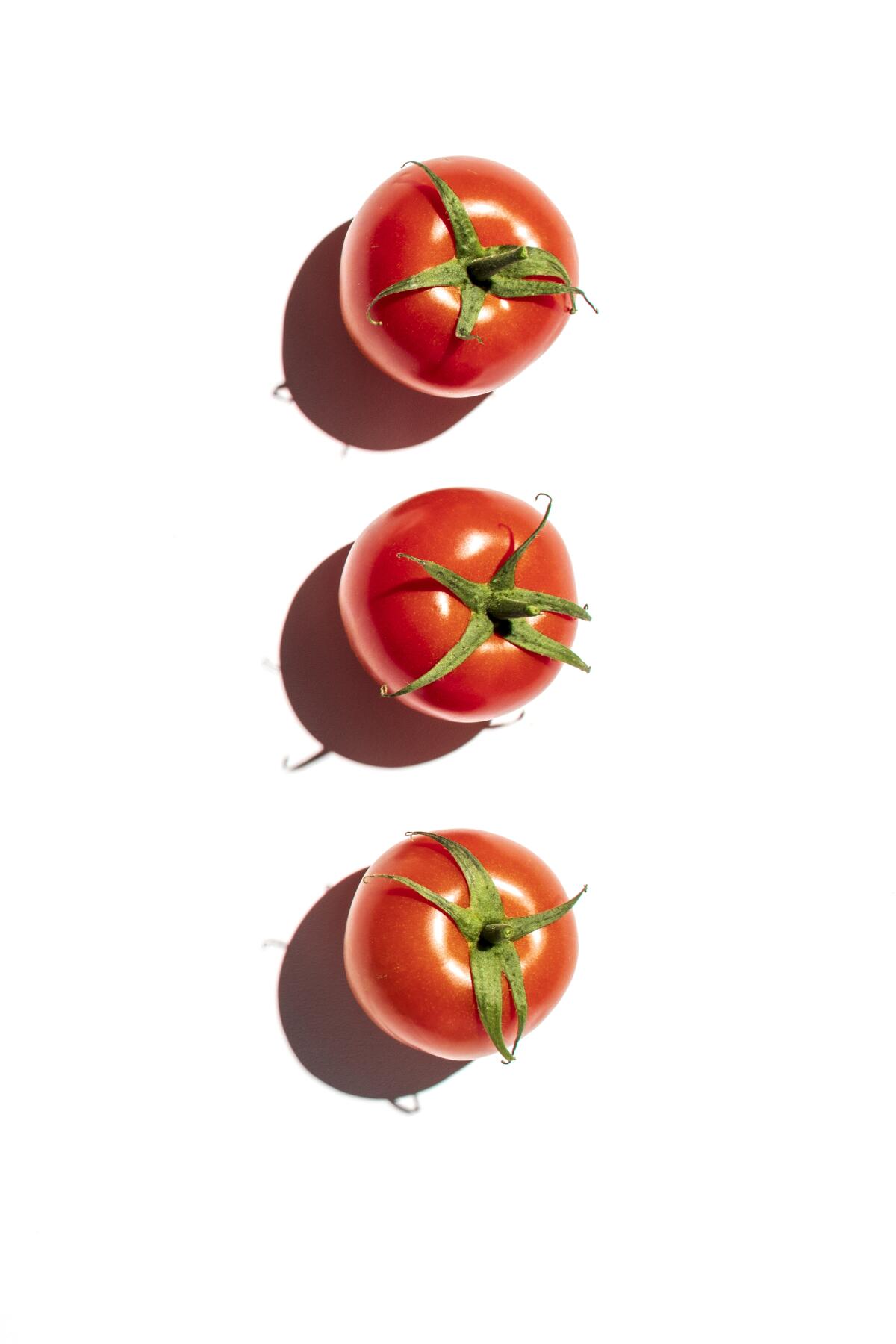
“Just don’t plant any of those cool-season plants later than mid-May, because the heat will ruin them,” said Lucy Heyming, a master gardener in Riverside and creator of Riverside TV’s Gardening with Lucy videos. Once the temperatures get hot (consistently over 85 degrees), that’s the signal for cool-season crops to start bolting (go to seed) and turn bitter. Just check the harvest dates on the back of the seed packet to ensure you can get a harvest before the high heat sets in.
You can plant your tomatoes in late March too, says master gardener Yvonne Savio, creator of the comprehensive blog GardeninginLA.net, but wait until April to plant summer crops like eggplant, peppers and cucumber.
If the soil hasn’t warmed up to at least 60 degrees, warm-season seedlings “just sit and pout at you,” Savio said, refusing to grow. Worse, she said, the cool temperatures can stunt their future growth, destroying your efforts to get an early harvest.
Finally, lace your garden with flowers and flowering herbs. They attract the bees crucial for pollinating your crops, and they make your garden experience even more delightful.
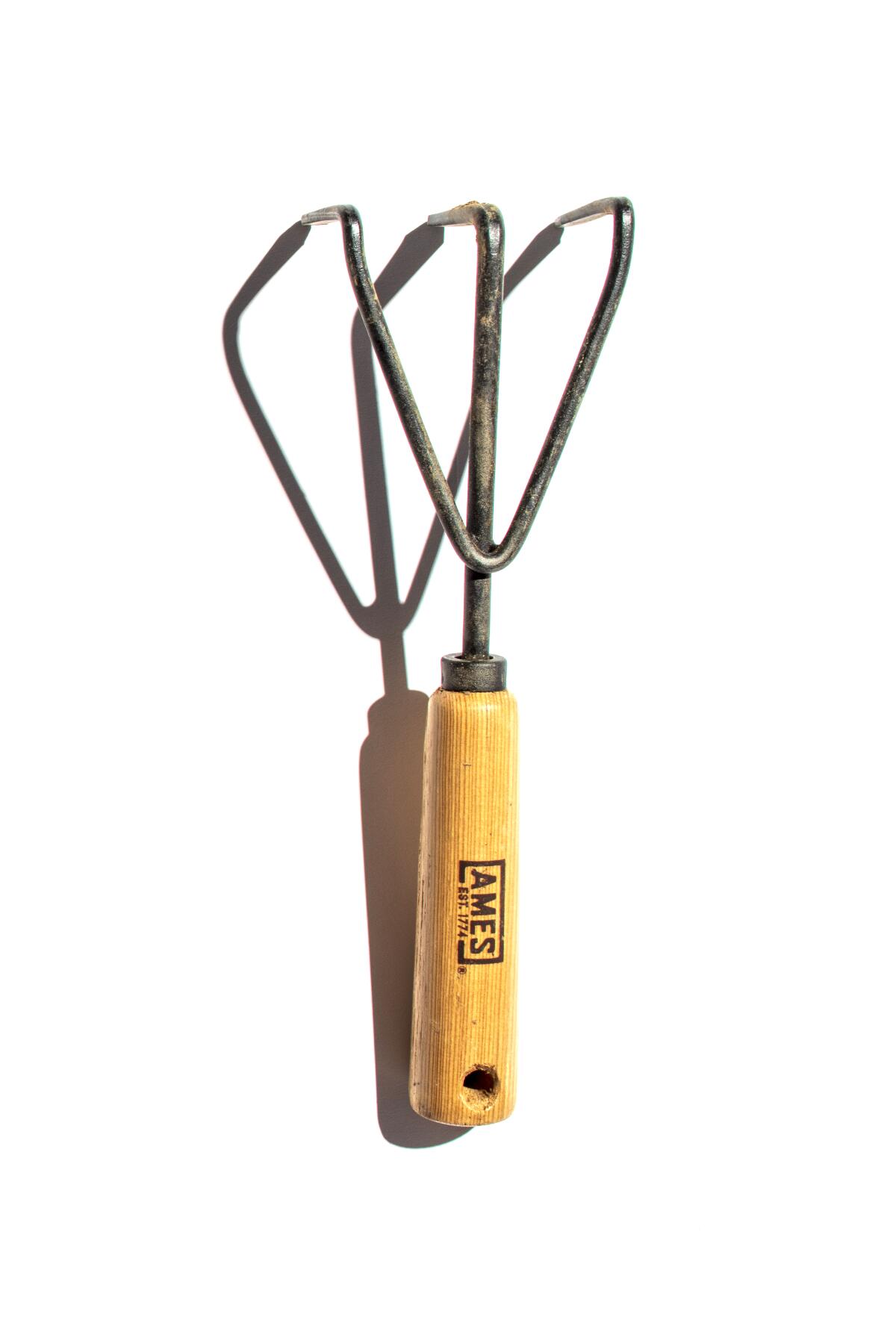
What to know before you plant
1. Whether growing in pots, raised beds or the ground, take time to feed your soil with some good organic amendments such as compost and steer manure or organic potting soil, which includes most of the ingredients your plants will need for their first season. If you’re planting in containers, use fresh potting soil. Recycle the old stuff in your compost pile.
2. If you’re adding compost and aged manure to a garden plot, water it well and wait a week or two before planting, because the organisms create a lot heat as they break down, and can burn your tender seedlings. You’ll know the soil is safe for planting when the temperature feels comfortable to your bare hand, said Savio.
3. If you choose to lasagna mulch—i.e. lay down flattened corrugated cardboard boxes over a lawn or compacted earth, water thoroughly and then cover the cardboard at least 8 inches deep with layers of wood chips, compost and other organic amendments—make holes in the mulch down to the cardboard for your plants and fill those holes with organic potting soil before you plant, says Leigh Adams, interpretive horticulturist at the LA Arboretum. The potting soil will provide your seedlings with their initial food as the roots grow into the other amendments, helping them break down and become good soil.
4. Before you plant, pinch off any flowers, buds or fruit on your seedlings. It’s painful now, but it allows the plant to concentrate on creating stronger roots instead of producing fruit, which will give you better harvests in the future.
Use organic potting soil whenever possible, but for a really thriving, successful garden, start by building your soil.
5. Water before and after. Southern California had precious little rain this winter. These recent rains helped, but before you plant, try filling the hole with water and let it drain completely. The goal is to give our plants an extra reservoir of water to help their roots grow deep into the ground, where they will be healthier and better protected from the summer heat. And once your seedlings are planted, water well again to settle the soil around the roots.
Deep watering is the holy grail of vegetable gardening.
6. If you have the space, try Savio’s technique of burying 5-gallon nursery buckets among your plants (the kind with holes already in the bottom). Make sure the rim of the buckets are about 4 inches above ground, so you have room for mulch, and then fill those buckets with water once or twice a week to force moisture — and roots — deeper into the ground. Another technique is one recommended by Dave “The Tomato Guy” Freed, who explains on his “Grow Tomatoes Easily” website how he buries perforated, 4-inch-diameter pipes about 18 to 20 inches in the ground so he can water more deeply around his tomatoes.
David Freed spent most of his adult life in the restaurant business, but when he sold the 8th Street Grill, his University Park coffee shop, in 2007, he discovered there were plenty of other things to do with his time.
7. Don’t walk away. The beauty of starting your summer garden in March is lure of an early harvest, but you can’t just plant and walk away. Gardens need tending, Kranz said (how else will you get the wellness benefit?).
8. Prepare to plant again within the month, to replace seedlings ruined by weather or pests, or just to stagger your harvests. Kranz knows it’s a gamble to plant peppers and even tomatoes in March, but she’s willing to take the risk for an earlier harvest.
“Sometimes it works out well and I get tomatoes or peppers very early in the season,” Kranz said, “but I always leave room to plant more crops later in case of an unexpected cold snap. I’m always planting.”
Here are the top eight edibles—and flowers!—that professional gardeners recommend planting in mid-March:
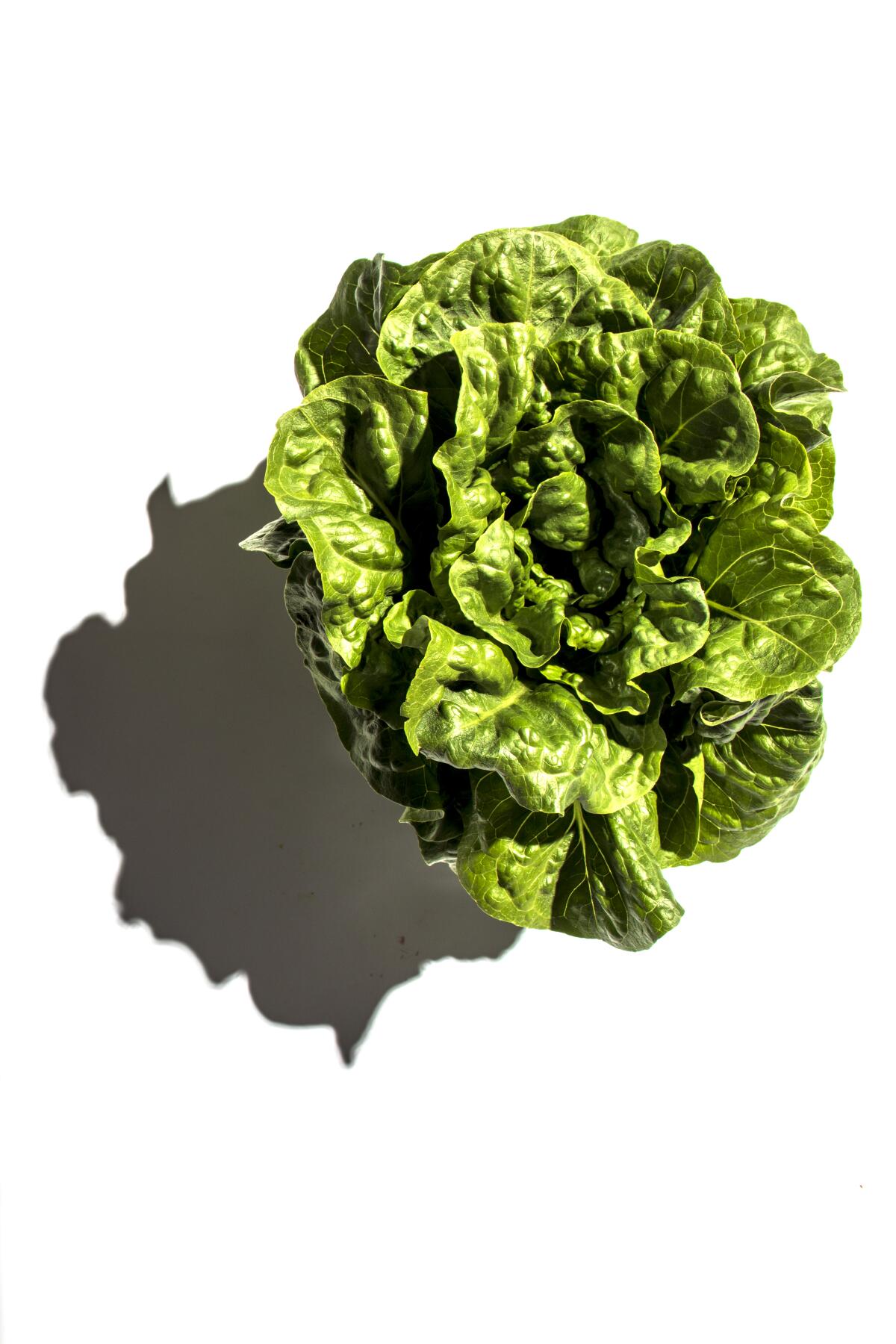
1. Last-chance winter crops
If you plant them now, lettuce and greens such as arugula, mustard, spinach and radishes will grow quickly enough to give you plenty of salads before they’re withered by the heat. The nice thing about greens is that you typically don’t harvest the whole plant; within four to six weeks you can start trimming the outer leaves. Greens grow easily from seed, but you’ll get quicker results from seedlings; Kranz and Savio recommend planting both seeds and seedlings to stagger your harvests. Radish tops are spicy and edible too; Eric Tomassini of Avenue 33 Farm in Lincoln Heights recommends ‘Rover,’ ‘Crunchy King’ and ‘Pearl’ varieties for their heat tolerance. Final tip: If your arugula goes to seed and sprouts flowers, don’t dismay. Arugula flowers are popular with pollinators and absolutely delicious in salads or alone as a snack.
2. Tomatoes
Nothing says summer like a tomato plant groaning with ripening fruit and our warmish winter has pushed plants on the market earlier than normal. Tomatomania, a traveling tomato sale which boasts more than 150 varieties, had its earliest start ever this year on Feb. 29, offering more than 150 varieties of tomatoes and 50 varieties of peppers. Kranz recommends choosing at least two or three different varieties, to stagger your harvest and broaden your experience. Remember, tomatoes are the only summer crop planted deeper than when you buy themavio said. Remove the bottom leaves and plant about half the plant into the ground. Small but flavorful cherry tomatoes like ‘Sungold’ ripen early, providing a quick tomato fix by midsummer. Larger varieties, especially heirlooms, probably won’t be ready to pick until August. Buy your favorites, Kranz said, but be daring and try at least one new variety.
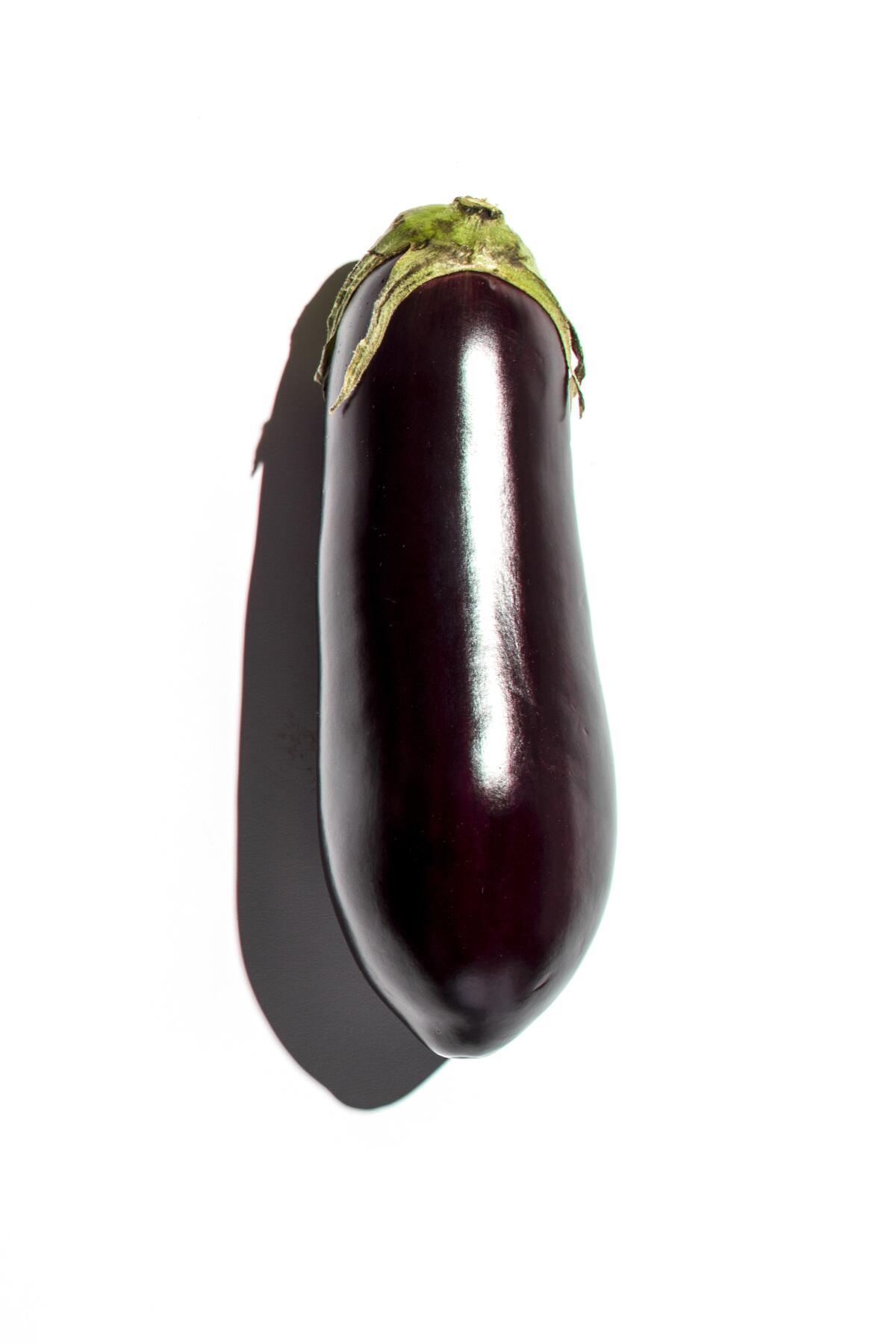
3. The other nightshades
Like tomatoes, eggplants and peppers are part of the heat-loving nightshade family, and in Southern California, traditional wisdom is to wait until April to put those seedlings in the ground. But these hot-weather crops usually don’t start producing until August, so the reward of planting in mid-March could be an earlier harvest. Just realize that if it gets too cold, the seedlings can get stunted and never produce as well those planted later in the spring, when the air is warmer, says Savio, who includes growing tips for every month of the year on her website GardeninginLA.net.
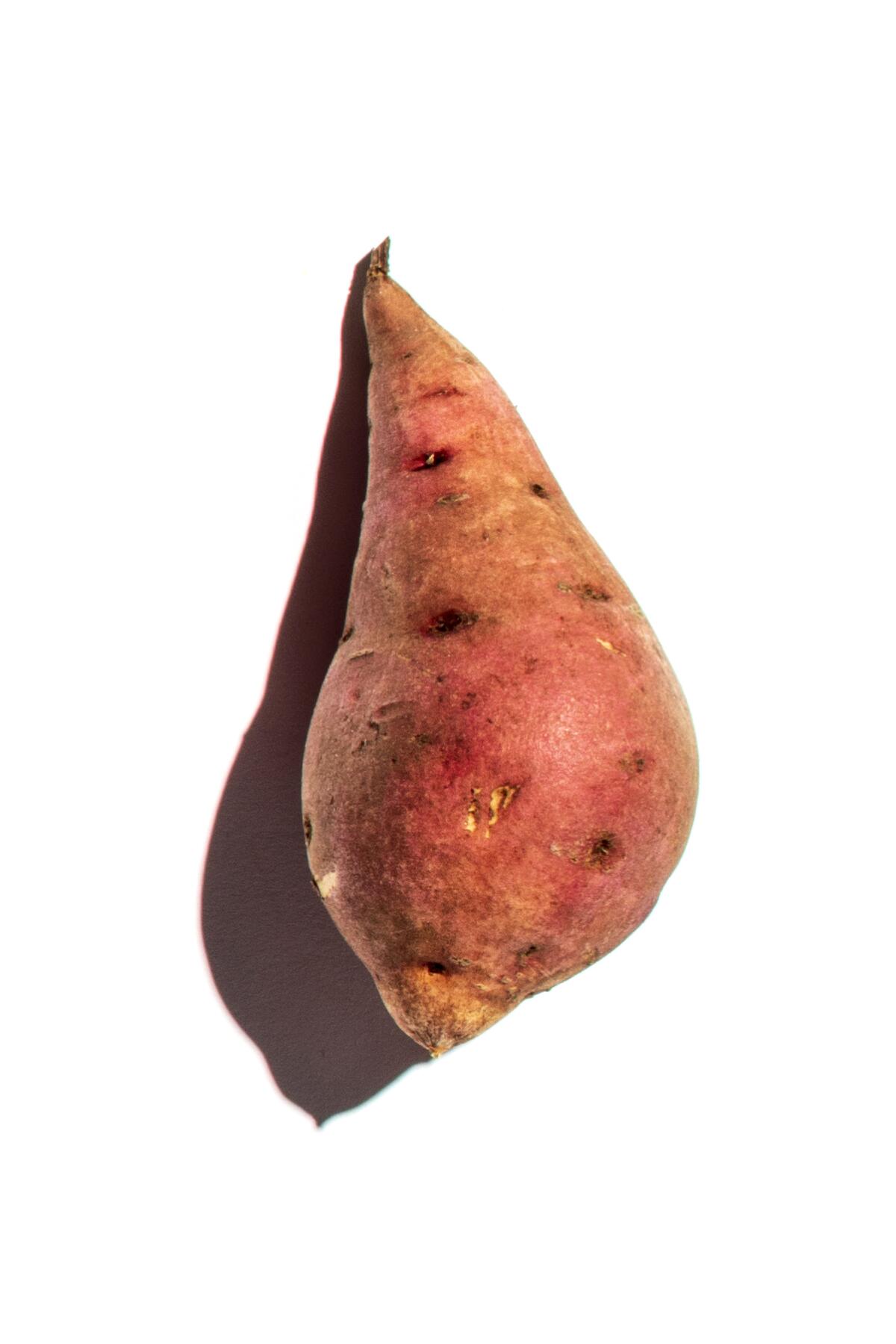
4. Underground delights: Carrots and sweet potatoes
Carrots come in a variety of colors and sizes these days and are best planted as seeds in loose, loamy soil. Tomassini recommends the ‘Romance’ variety for its excellent heat tolerance. “It still tastes good even when it is really hot.” Kranz is a fan of ‘Scarlet Nentes,’ ‘Cosmic Purple,’ ‘Yellowstone’ and ‘New Kuroda.’ Sweet potato shoots should be started inside now, for planting when the soil warms to about 60 degrees. Savio has some easy instructions on GardeninginLA.net. Consider growing some sweet potatoes just for the leaves, which are tasty in stir frys and soups, and some for the tubers themselves, which take about six months to mature and need the energy from the leaves to grow.
5. Green beans
Here’s another one to plant from seed, but unless you have trellises and a fair amount of space, choose bush varieties for your garden. “They have a longer harvest period,” Tomassini said, “and they produce more in the same footprint.” Kranz plants ‘Haricots Verts,’ ‘Dragon Tongue,’ ‘Gold Rush’ and ‘Blue Lake’ bush varieties, all from seed.
If you have the space, delight the children in your life by creating a traditional “Three Sisters” garden by planting beans with corn and pumpkins. Plant the corn seeds first and when the corn is about six inches tall, plant your bean and pumpkin seeds. (Squash and pumpkin seeds sprout better when planted in April anyway, unless it’s very warm in March, says Heyming.) This is quintessential example of companion planting: the sprawling pumpkin vines keep the ground cool, the beans add nitrogen to the soil and the corn help keep the beans upright.
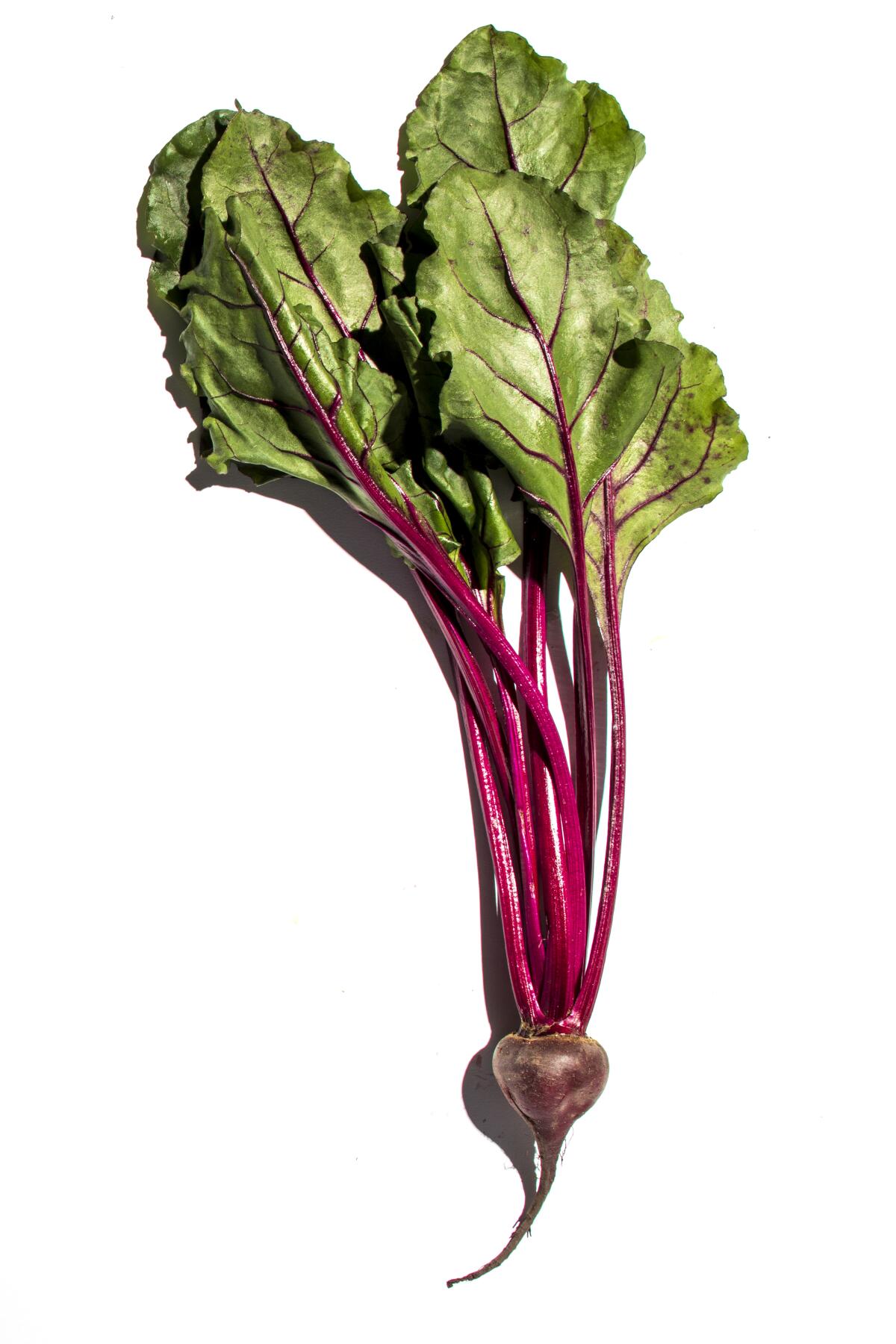
6. Beets
Beets are super versatile: tasty and edible from their roots to their leaves. Roasted beets are delicious nuggets in salads or mixed with grains, but some people just trim the leaves like greens and saute them quickly with a little oil and garlic. Tomassini likes ‘Zeppo,’ a red variety, and ‘Badger Flame’ for golden variety.
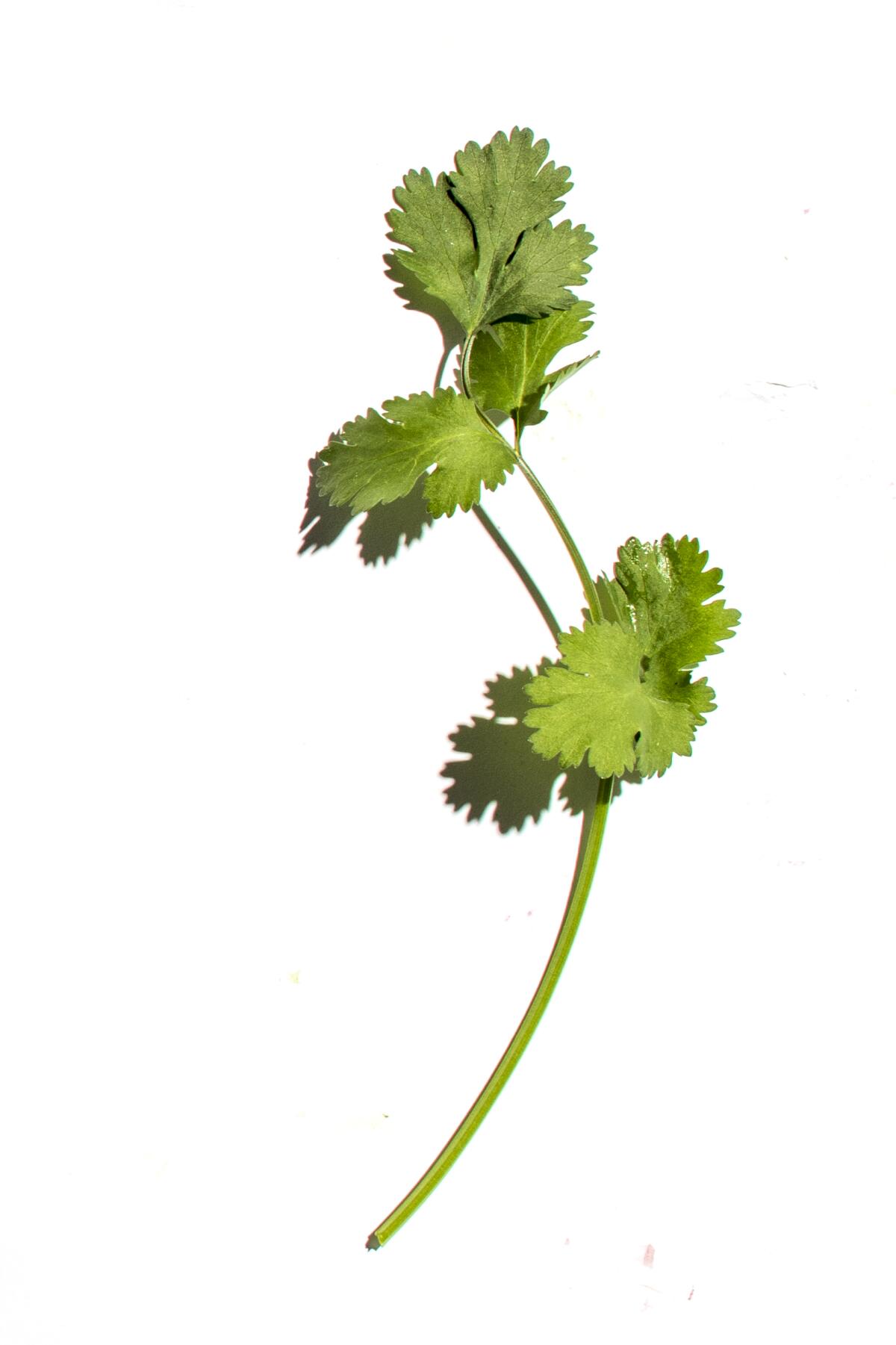
7. Flowering herbs
Fresh herbs are a bounty for any cook, and their aroma makes the garden even more inviting, but their flowers have the added bonus of attracting bees and other pollinators. Basil is a particular summer favorite, and most cooks can never get enough so plant several varieties for your kitchen. Just save room for the fragrant African basil (“The heart of my gardens,” says Kranz), because its tall purple and white flowers are a magnet for bees. Kranz plants basil and other herbs from seed, but most gardeners find it easier to use seedlings.
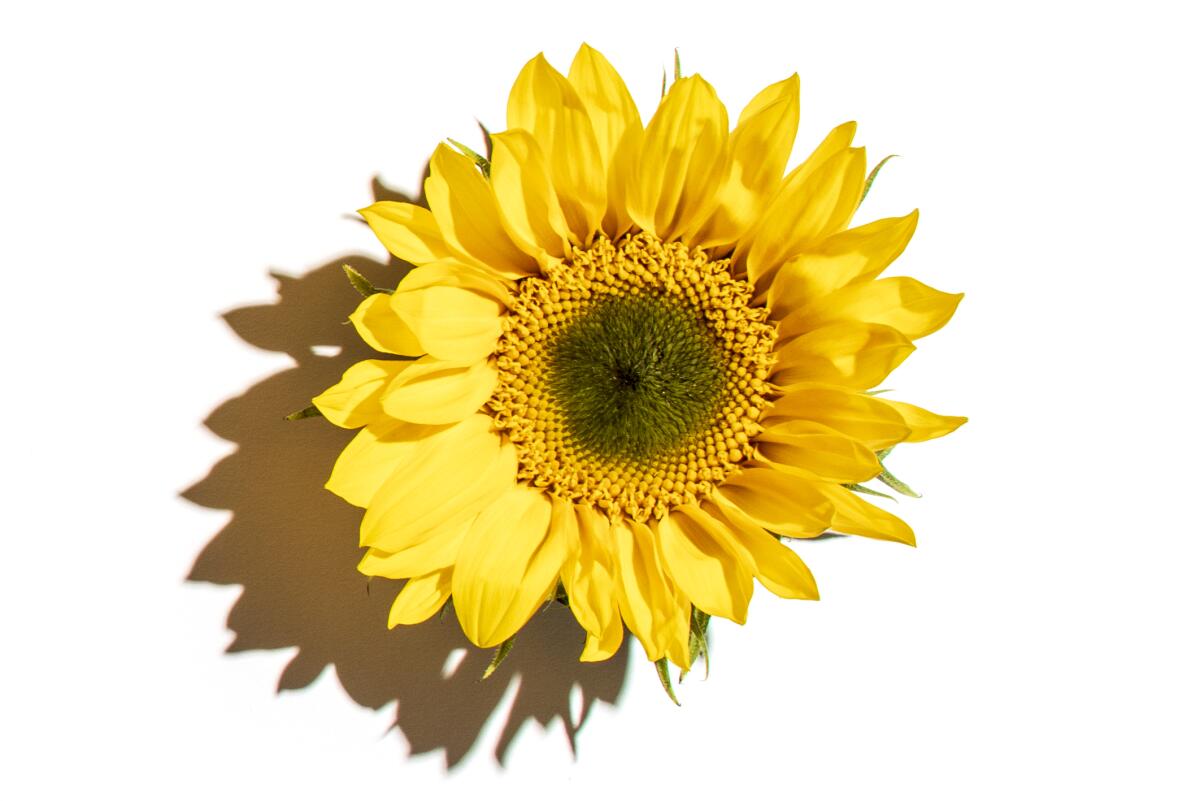
8. Flowers
Nasturtiums, cosmos and dahlias are a summer garden staple for Kranz and Tomassini, for cut flowers and, in the case of nasturtiums, add a delicious peppery zip to salads. Kranz plants them by seed, or in the case of dahlias, by bulbs. Kranz is particularly enamored by the dahlias because they come in so many sizes and spectacular colors. Other flowers to plant now from seed or as seedlings include zinnias, bachelor buttons, sunflowers, marigolds, gomphrena, a.k.a. globe amaranth—cheerful little pompom flowers on slender stems that come in a variety of colors—and the weirdly beautiful celosia aka woolflowers, that grow in a multitude of electric colors.
More to Read
Sign up for The Wild
We’ll help you find the best places to hike, bike and run, as well as the perfect silent spots for meditation and yoga.
You may occasionally receive promotional content from the Los Angeles Times.
